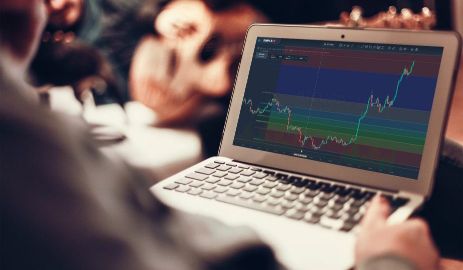
The Do’s And Don’ts Of CFD
Nobody wants to get into CFD trading and come out unsuccessful. As much as possible, everyone going into trading wants to grow their investments accordingly. With a lot of markets available and a lack of experience, you may tend to lose focus and be distracted by the different occurrences that may happen in your trading days. We have gathered some tips that you may consider doing as you go into CFD trading. Believe us, you will thank us later.
Start Small
You have probably seen people online who have successfully traded in CFDs and sometimes as a beginner, you would have the urge to go into trading big and hard. Going into trading, however, requires a lot of patience as there are thousands of markets to choose and focus on. As a beginner, you may want to start small by going into markets you are already familiar with until you have built a lot of confidence in your strategy. Once you do so, you may start diversifying and applying your trading to different ranges of asset classes available. As they enable you to gain access to declining markets as well as rising ones, CFDs are a great tool for expanding your trading horizons.
Do not add to a losing trade
No matter how experienced you are, everyone knows that when you start CFD trading, it is inevitable to experience losses. The true challenge lies in how you respond to these upcoming losses that you will experience. Trading plans aside, it is basic knowledge to add a condition of focus and calm when executing your trading strategies. Never add on to losing trades and learn to cut your losses so you are able to trade another day. Sometimes, you are in it for the long haul and not quick results
Avoid emotional investing
A usual method that CFD traders pay attention to is managing risks by using stops and limits to positions. This may pre-determine the exit level of your trade and may ensure your capital’s protection. By having a stop-loss order, the broker will close your trades at a price that is less acceptable compared to what is present in the current market price. As a trader, this is where you decide how much you are willing to lose when closing a trade. When this has been determined, your stop-loss occurs according to the set parameters. Another thing you can do is place limit close orders which will enable you to close at a level more acceptable compared to the current market price. By doing these two, you are able to protect your capital from fluctuating market movements.
Practice Mode
You know some computer games would have practice modes so you can harness your skills or at the very start, get familiar with the basics of the game? With CFD Trading, you may definitely do this as well by going through the demo account of the CFD broker tools available in the market. Most of them have available demo accounts you can check and you can simulate trading through them, especially when you feel that you are not yet ready to trade on live markets. You may run a potential trading plan you have prepared on these demo accounts and execute it through virtual funds. Make sure that you gain enough understanding of the financial jargon used in the markets. By having a simulated run-through of CFD trading, you will find out which things you still do not understand about it and refer to online references that can help

